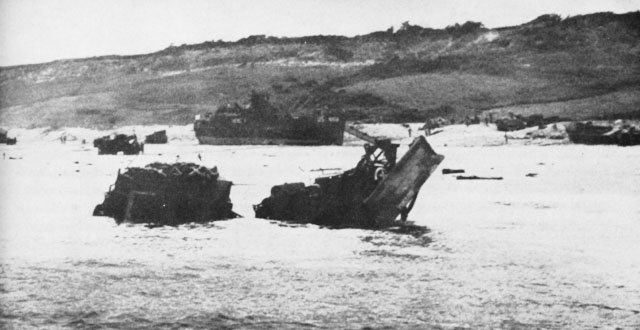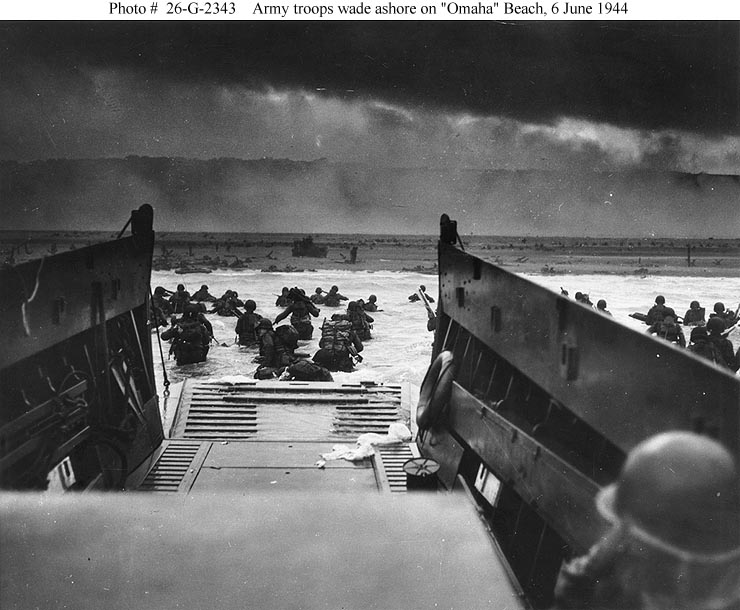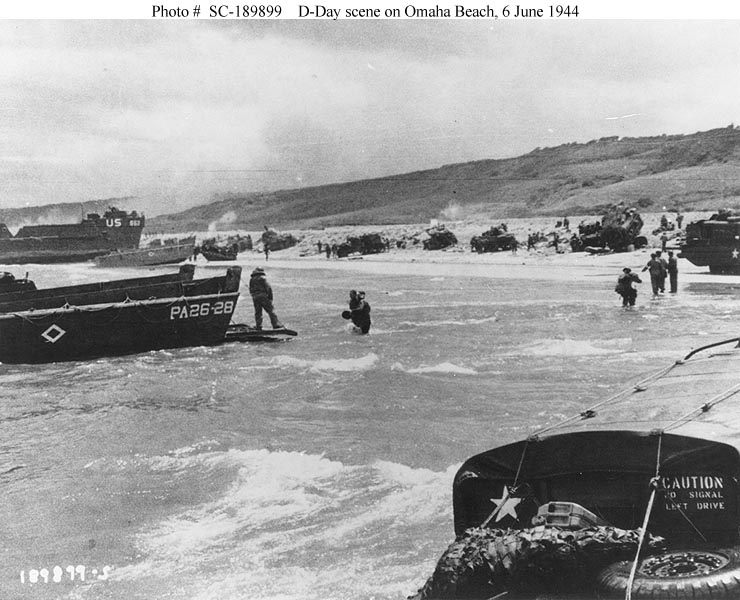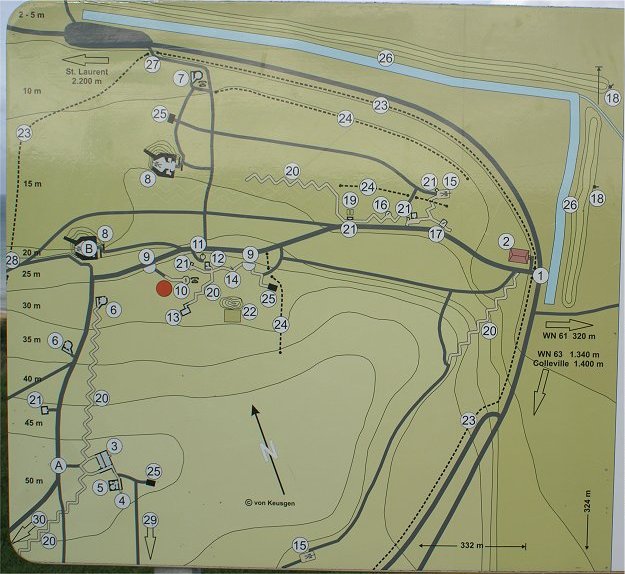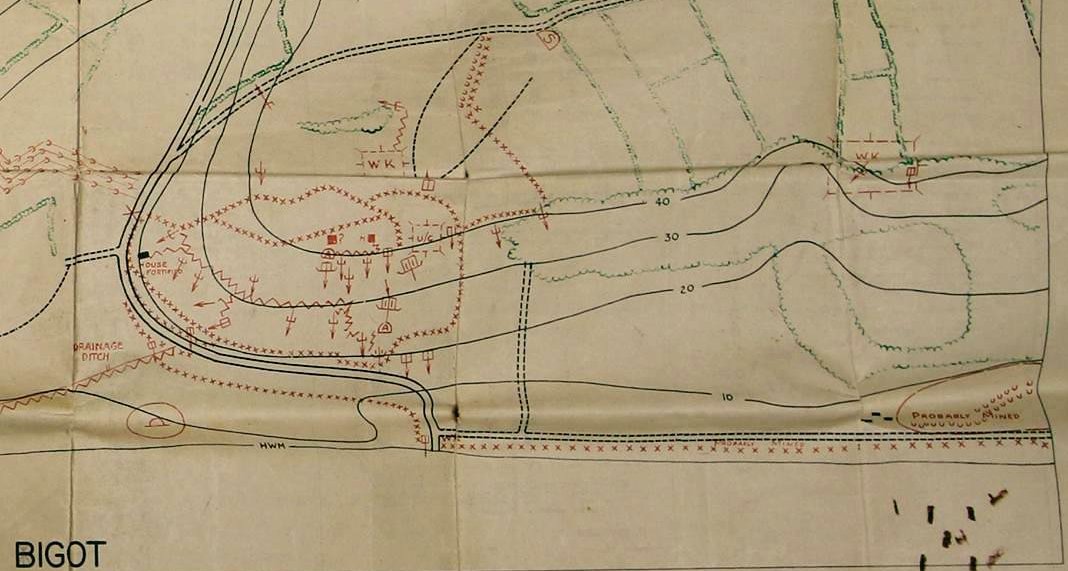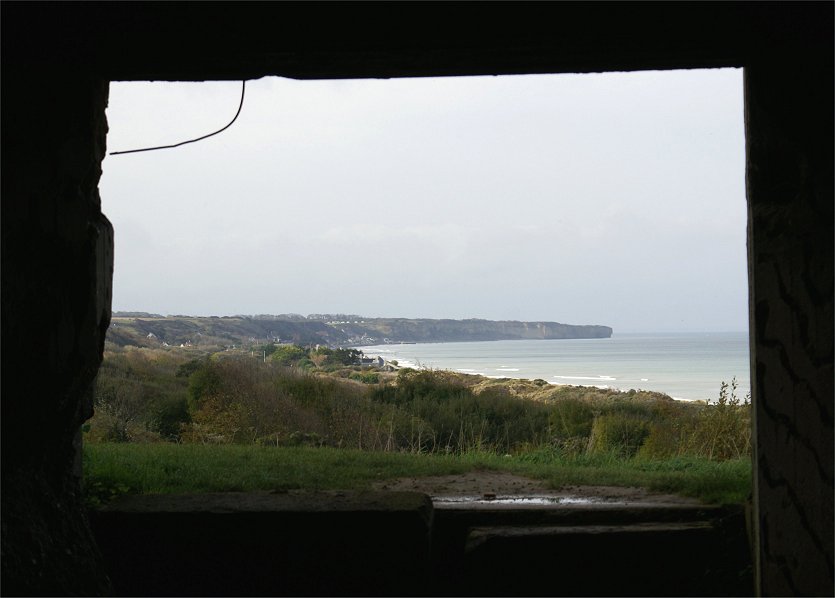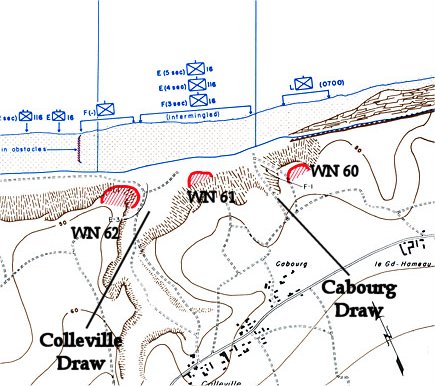
Further to their right, five LCVPs with part of Company E, 16th Regiment landed. After a gap, three more LCVPs landed directly in front of WN 62. Further still to the right, about halfway to St. Laurent Draw, an LCVP with a group of Company E, 16th Regiment landed, then just to their right landed two long, lost LCVPs of Company E, 116th Regiment men -from the 29th Division, two miles from their intended landing area! Like elsewhere on Omaha Beach, all these groups of men hurried across the beach, under heavy fire to the protection of the shingle. Like everywhere else, there was little evidence of air or naval bombardment.




